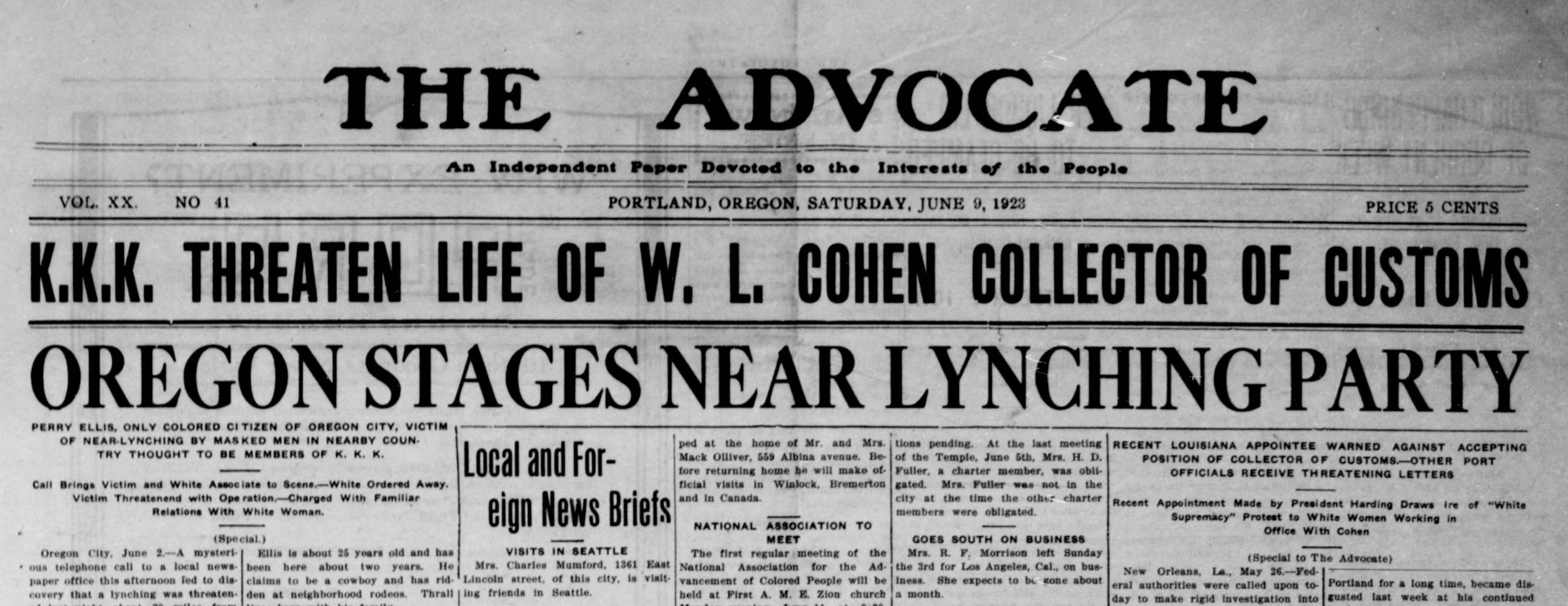Excitement About News Articles
Excitement About News Articles
Blog Article
The 25-Second Trick For News Articles
Table of ContentsExamine This Report on News ArticlesSome Known Questions About News Articles.Not known Facts About News ArticlesSee This Report on News ArticlesSee This Report on News Articles
Good knowledge of various subjects provides students an one-upmanship over their peers. Even though digital and social networks are readily obtainable, we should not neglect just how crucial it is to check out the papers. Moms and dads should attempt and instill the practice of reviewing a paper as an everyday routine to continue the legacy of the revered print tool.Newspaper article also have at least among the complying with important attributes relative to the intended audience: distance, importance, timeliness, human rate of interest, curiosity, or effect. The related term journalese is often utilized, generally pejoratively, to describe news-style writing. One more is headlinese. Newspapers generally comply with an expository writing style.
Within these limits, news stories likewise intend to be comprehensive. Various other elements are involved, some stylistic and some acquired from the media kind. Among the bigger and a lot more reputable papers, fairness and balance is a major element in presenting info. Discourse is normally constrained to a separate area, though each paper might have a different overall slant.
Papers with a worldwide target market, for example, have a tendency to utilize a more official design of writing. News Articles.; common design guides include the and the United States News Style Book.
News Articles Fundamentals Explained
As a policy, reporters will not make use of a lengthy word when a short one will certainly do. Information writers attempt to prevent making use of the same word much more than once in a paragraph (occasionally called an "resemble" or "word mirror").
Headlines often omit the topic (e.g., "Leaps From Watercraft, Catches in Wheel") or verb (e.g., "Pet cat woman fortunate"). A subhead (additionally subhed, sub-headline, subheading, subtitle, deck or dek) can be either a subservient title under the major headline, or the heading of a subsection of the article. It is a heading that precedes the main message, or a group of paragraphs of the primary message.

of an article topic, source, or interviewee), it is described as a pulled quote or pull quote. Added billboards of any one of these kinds may show up later on in the post (especially on subsequent web pages) to lure further reading. Journalistic web sites sometimes use computer animation techniques to swap one billboard for one more (e.g.
Indicators on News Articles You Should Know
Such billboards are likewise made use of as tips to the article in various other areas of the magazine or site, or as advertisements for the item in various other magazine or websites. Press launch of the Swiss government. Common structure with title, lead paragraph (recap in bold), various other paragraphs (details) and additional resources contact information.

Example of a hard-lead paragraph NASA is suggesting another space project. The budget plan requests approximately $10 billion for the job.
An "off-lead" is the second most vital front web link page information of the day. To "bury the lead" is to start the write-up with history details or details of secondary significance to the viewers, requiring them to review more deeply into a post than they should have to in order to discover the crucial factors.
Getting The News Articles To Work
Common usage is that a person or 2 sentences each create their very own paragraph. Reporters normally describe the organization or structure of a newspaper article as an inverted pyramid. The vital and most intriguing elements of a story are placed at the beginning, with supporting information following in order of lessening relevance.
It allows individuals to check out a subject to only the deepness that their curiosity takes them, and without the imposition of view website details or nuances that they might think about unnecessary, yet still making that info offered to more interested visitors. The inverted pyramid framework likewise makes it possible for short articles to be cut to any kind of approximate size throughout format, to suit the space available.
Some authors begin their tales with the "1-2-3 lead", yet there are lots of kinds of lead readily available. A twist can refer to numerous things: The last story in the news program; a "happy" tale to finish the program.
Longer posts, such as magazine cover posts and the pieces that lead the within sections of a newspaper, are recognized as. Function stories vary from straight information in several means.
The Main Principles Of News Articles
The journalist typically information communications with interview topics, making the piece a lot more personal. A feature's first paragraphs frequently relate an interesting minute or occasion, as in an "anecdotal lead". From the details of an individual or episode, its sight swiftly widens to abstract principles regarding the tale's subject. The section that signifies what a function has to do with is called the or signboard.

The Editor's Tool kit: A Reference Overview for Beginners and Professionals (2001) Allan M. Siegal and William G. Connolly. The New York City Times Manual of Style and Use: The Authorities Design Overview Used by the Writers and Editors of the Globe's The majority of Authoritative Newspaper (2002) M. L. Stein, Susan Paterno, and R.
Report this page